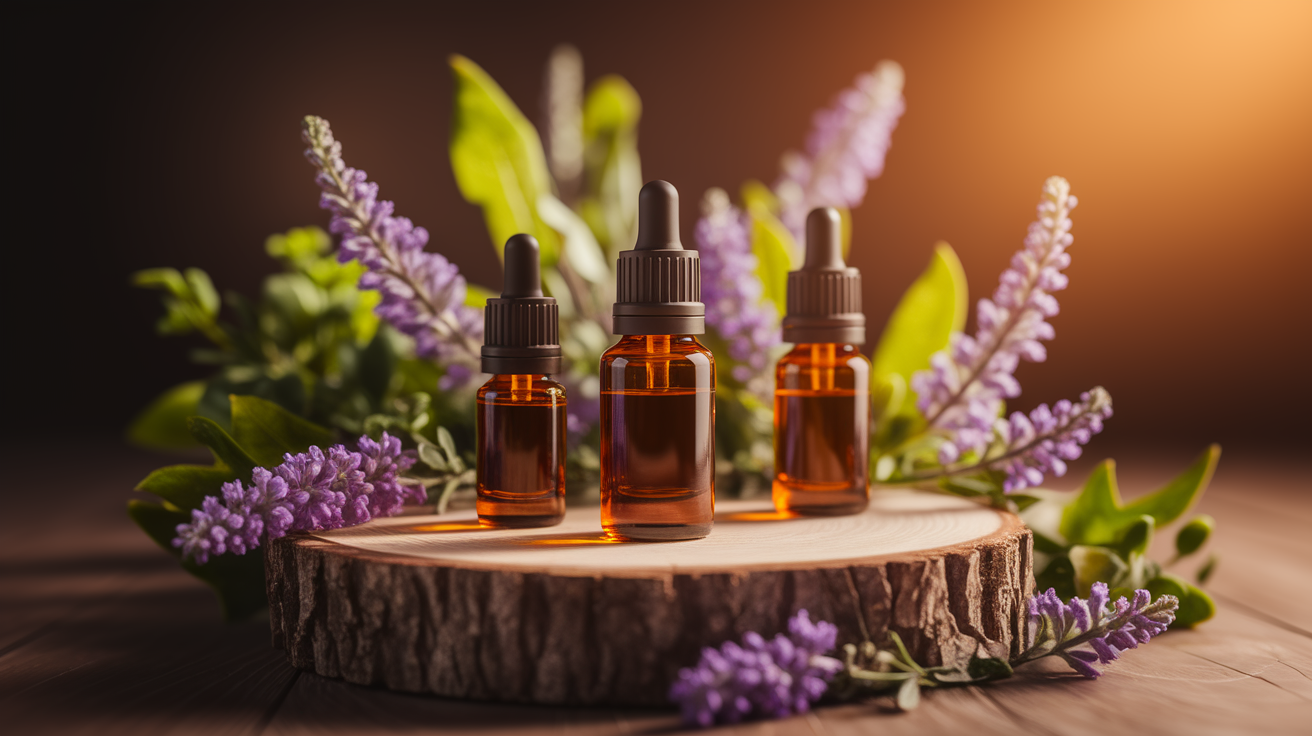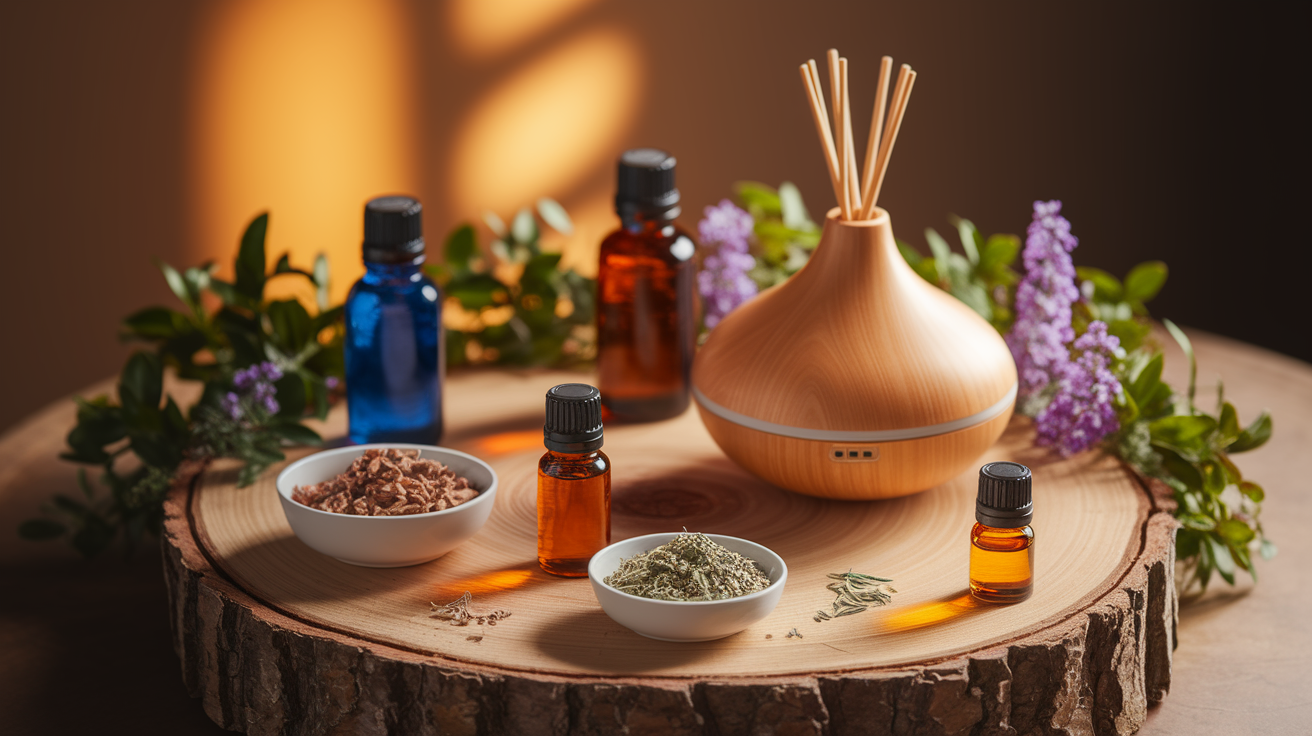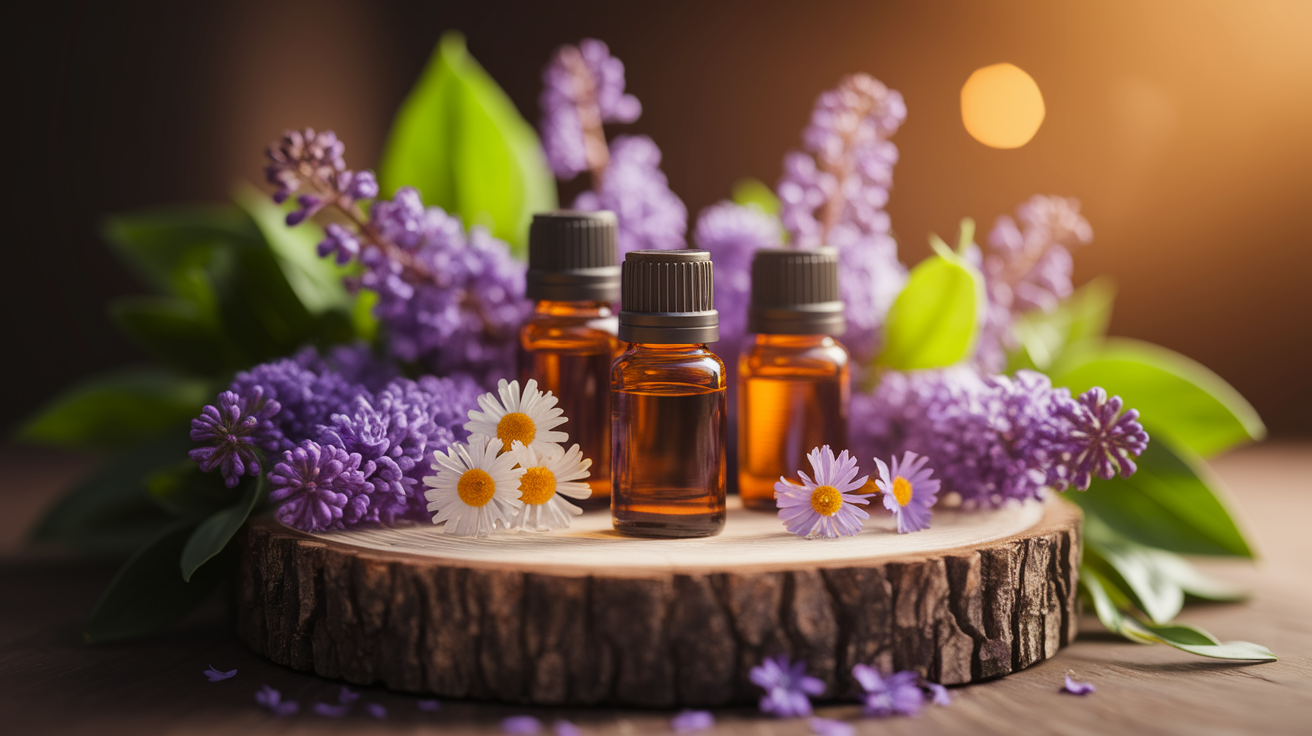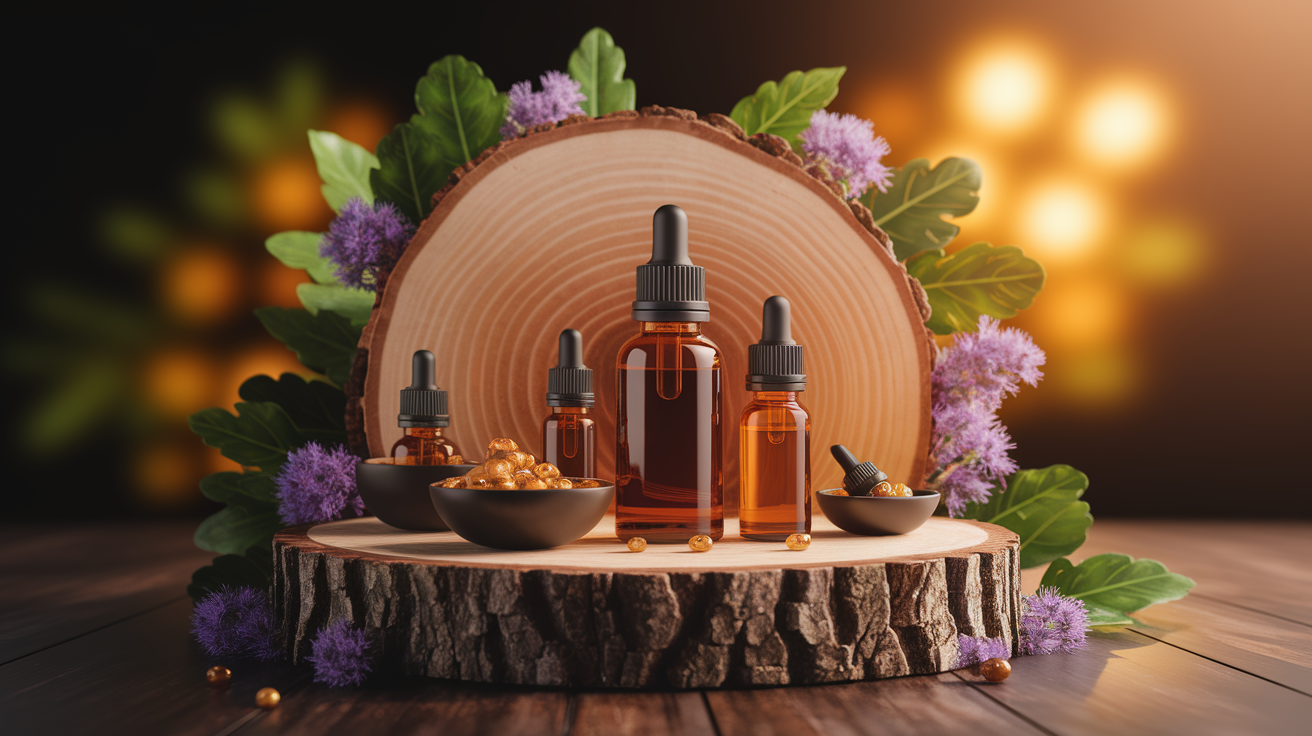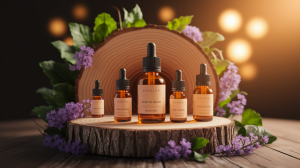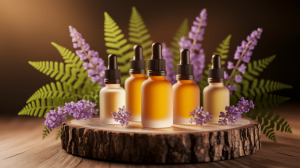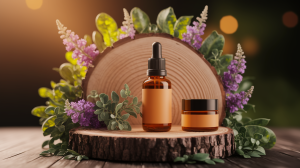Introduction: A Breath of Relief
There’s a certain moment when the scent hits you—soft, warm, and unexpected—and it’s almost as if your body remembers what calm feels like. That’s the magic I’ve seen over and over with aromatherapy in the context of trauma support. Whether someone is wrestling with nightmares, a constant knot of anxiety, or that exhausting hypervigilance that never seems to let up, therapeutic scents can work like a gentle hand resting on your shoulder. Post-traumatic stress disorder, with all its emotional turbulence, changes the way the mind and body react to the world—but the right aromas can begin to shift those reactions, little by little. It’s not about forcing peace; it’s about opening the door and letting it sneak back in.
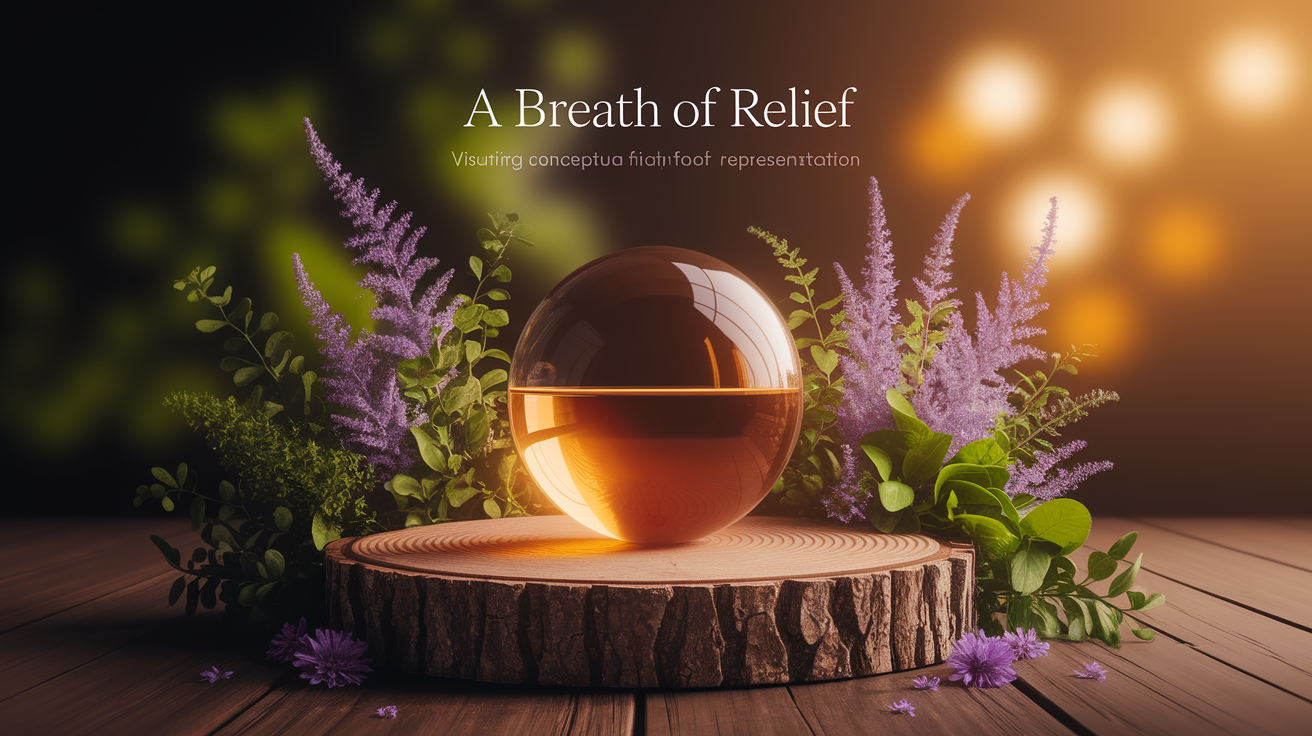
How Aromatherapy Works in PTSD Support
Here’s the fascinating part—this isn’t just “feel-good” fluff. When you catch the scent of lavender or chamomile, tiny chemical messages shoot straight into your brain’s limbic system, which has a starring role in emotion and memory. Aromas also dance with the hypothalamus and pituitary gland, nudging hormones back toward balance and dialing down that fight-or-flight response that PTSD loves to keep switched on. According to findings shared in neuropharmacology research, essential oils can help regulate neurotransmitters like serotonin, contributing to calmer moods, easier sleep, and less tension humming through the nervous system. It’s almost like the brain gets a reminder of what “safe” feels like—and slowly starts to believe it.
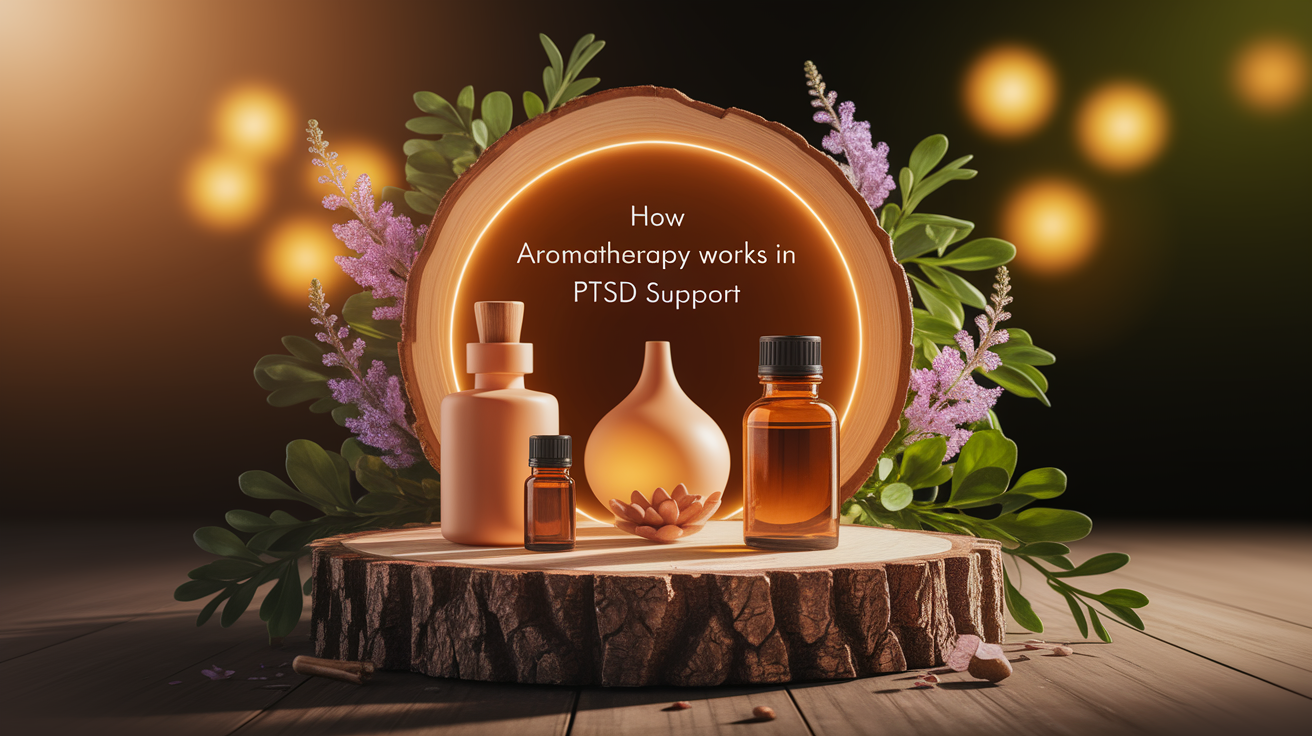
Top Essential Oils for PTSD Relief
Some oils have an uncanny way of cutting through the chaos. These are my favorites when it comes to supporting trauma recovery:
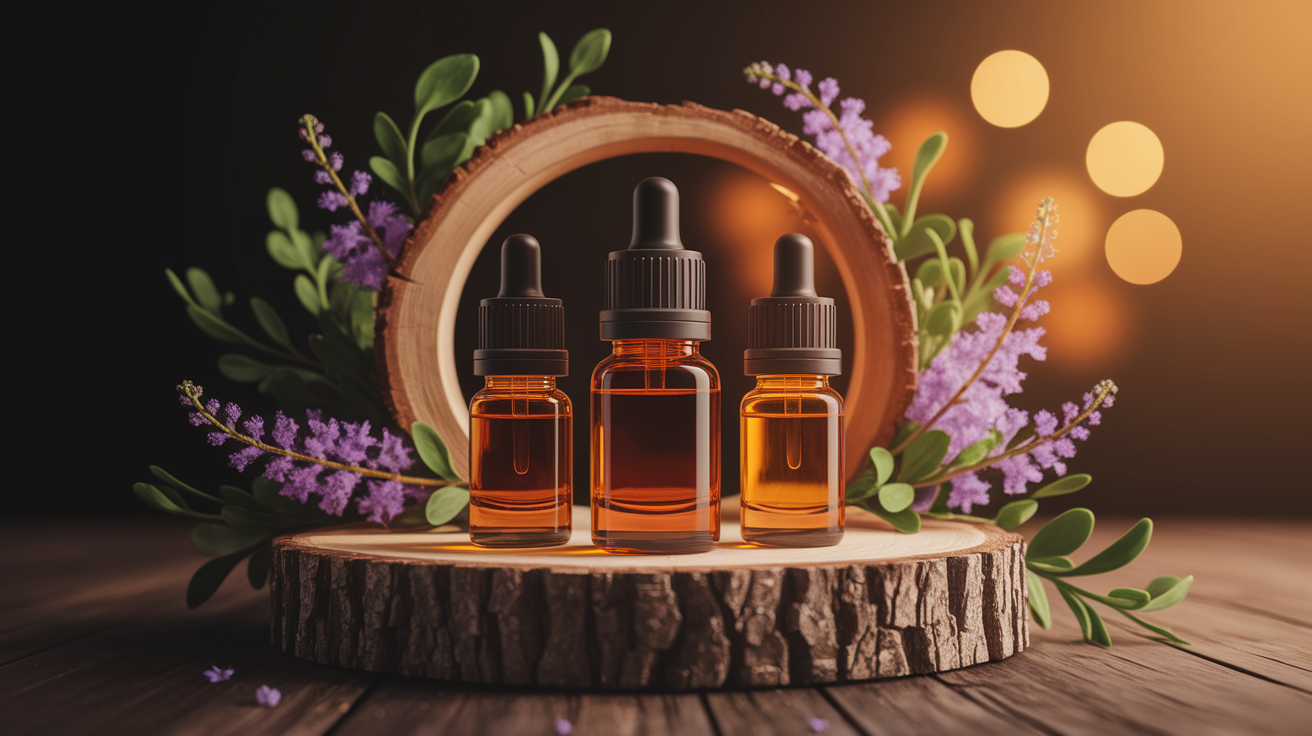
- Bergamot Oil – Its bright, citrusy scent is more than cheerful; studies have shown it can ease anxiety, lift mood, and even help with sleep disturbances that often accompany PTSD.
- Lavender Oil – Known as a giant in the relaxation world, lavender’s gentle floral notes help lower stress levels and calm a restless mind.
- Roman Chamomile Oil – Soft and sweet, this one’s a go-to for reducing emotional tension and helping the body sink into rest.
- Frankincense Oil – That earthy, resin-rich scent grounds you, easing racing thoughts and opening space for mindfulness.
- Clary Sage – Known for soothing frazzled nerves and promoting emotional clarity, especially during high stress moments.
Each of these oils works in a slightly different way thanks to their unique chemical makeup, but they all bring a calming influence that’s hugely valuable in holistic PTSD therapy.
Practical Application Guidelines
Now, the magic only happens if you invite it in. Here’s how I like to use these oils for trauma support:
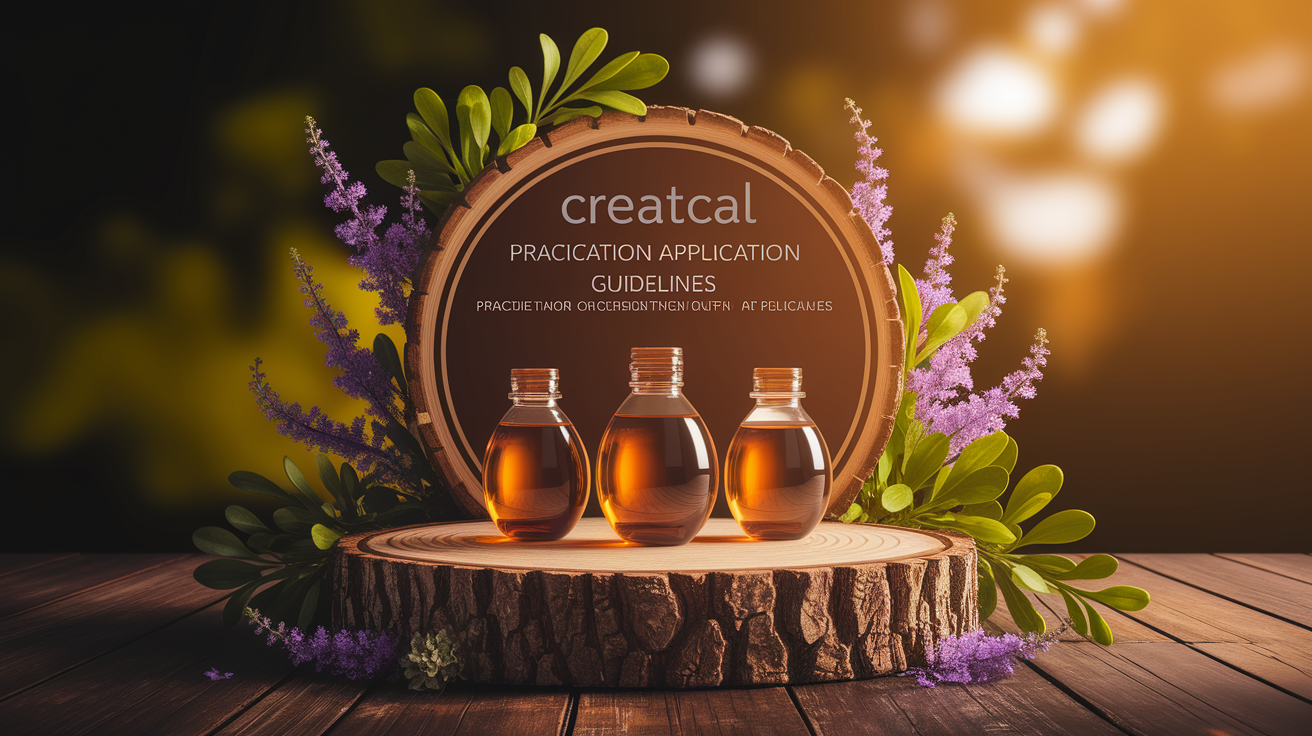
- Diffusion – Add 4–6 drops of your chosen oil to a diffuser and let the aroma fill the space. This is perfect before bedtime or during quiet moments.
- Inhalation – Put a drop on a cotton ball or tissue, hold it near your nose, and breathe deeply when panic or anxiety begins to rise.
- Topical Application – Dilute with a carrier oil and apply to wrists, chest, or the bottoms of your feet. A gentle self-massage can deepen the calming effect.
- Blends – Layering oils like lavender and bergamot can create a personalized, more potent scent experience.
Always test for skin sensitivity first, and remember: gentle, repeated use often works better than intense, sporadic application when it comes to nervous system regulation.
Evidence and Research Insights
While scent and emotion can feel deeply personal, research has been steadily affirming these experiences. In a pilot study with first responders, bergamot oil eased symptoms like anxiety and negative mood. Randomized trials with lavender and chamomile have shown measurable improvements in depression and stress levels. Still, systematic reviews remind us that while findings are promising, evidence is mixed, and standardized research protocols are still needed. That means essential oils aren’t a standalone cure—but they’re a meaningful, low-risk companion to trauma-informed care and other therapeutic methods.

Conclusion: Scents of Strength
There’s something almost defiant about finding calm in the middle of chaos. The right aroma doesn’t just smell good—it can feel like reclaiming a piece of yourself that stress and trauma have tried to steal. Slowly, breath by breath, these essential oils can become anchors, moments of pause in the storm. And when you weave them into your daily rhythm, they stop being just scents—you start carrying them like a quiet strength, wherever you go.

